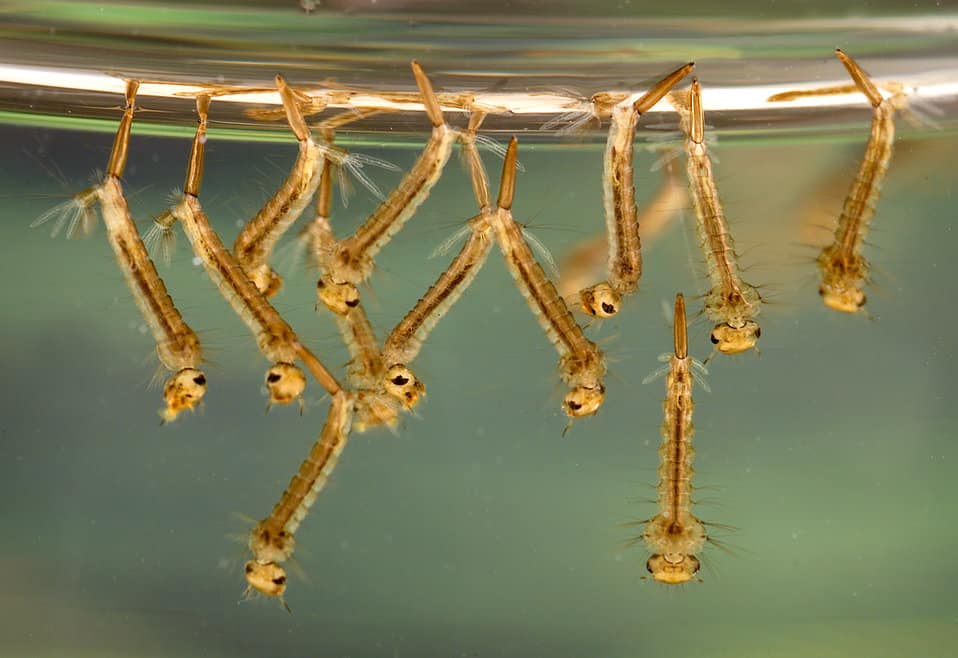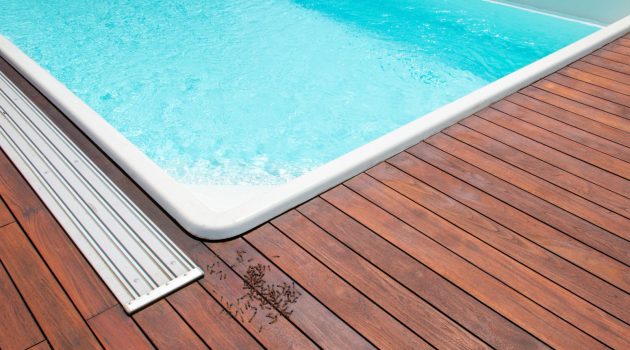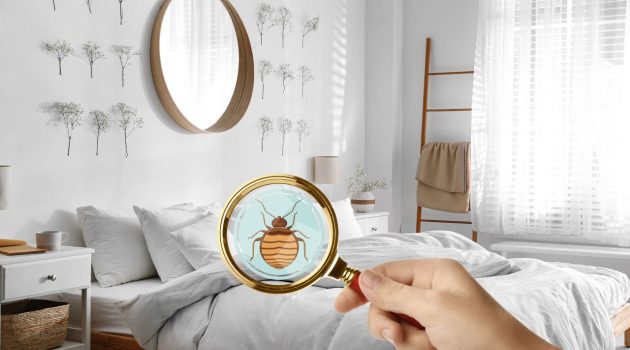When summer—or dry season in most tropical regions in the world—begins, we are usually threatened by the attack of insects.
Now, we are talking about small blood-sucking flies believed to have originally come from South Africa in about 2,700 species: mosquitoes.
Killing the tiny vampires does not solve the plague problem. Killing their offspring—mosquito larvae—does.
So, how do we do that? Keep reading until the end.
1. What are mosquitoes?
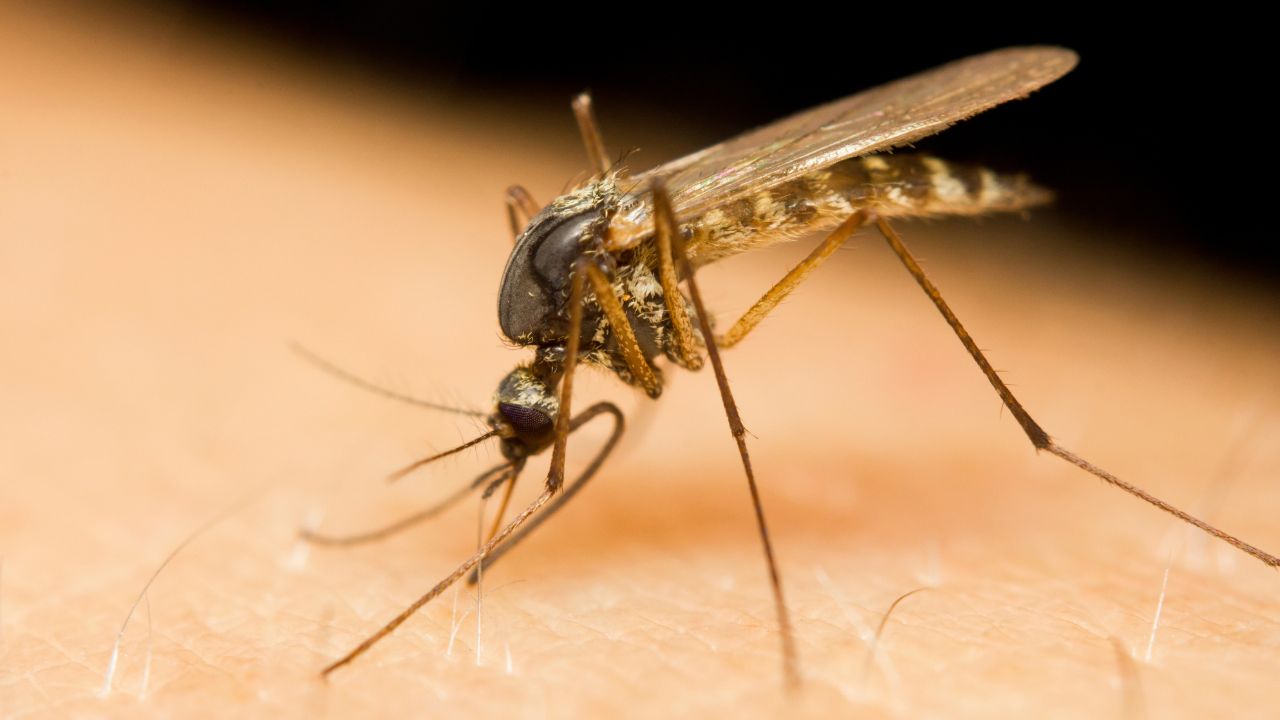
Adult mosquitoes are closely related to flies—especially the midges and crane flies. They have a pair of see-through wings. If you look at the ½-inched fly way closer, they have hairs and scales on their wings.
They also have long legs and proboscis—functioned as a straw for drinking. Male mosquitoes have antennae that look like a feather.
Do not be surprised, but mosquitoes mostly feed on nectars of fruits and plants. So, why do they suck the blood of animals and humans?
To answer that, first, it is only the pregnant female mosquitoes that suck our blood.
Second, they do not suck the blood of all animals, but only vertebrate ones—including us, humans, i.e., those who have a spinal column or a backbone.
Anyway, female mosquitoes suck blood to get protein for her egg development.
2. What is the life cycle of a mosquito?
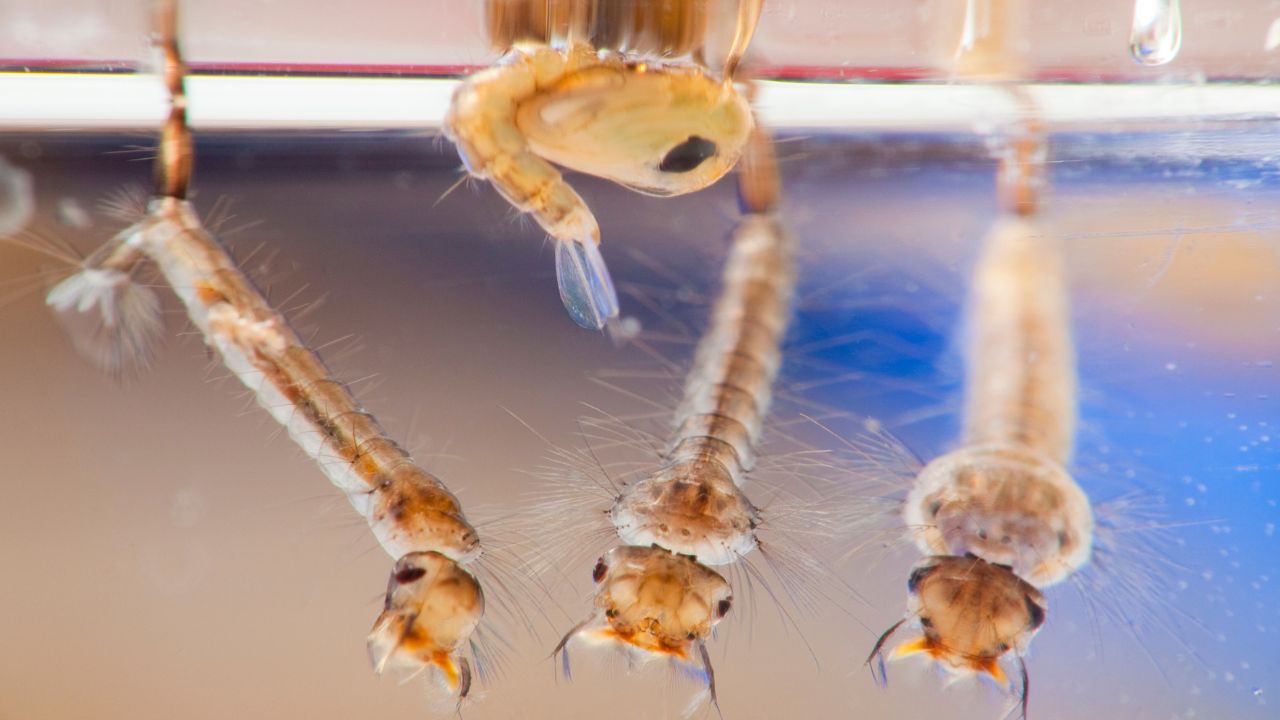
Every mosquito experiences a life cycle of four different stages: from eggs to adults. Each cycle lasts in approximately one month. The following is the description of each stage.
Eggs, After sucking blood, she lays her eggs near or on the surface of still water or moist soil. There are about 100-400 mosquito eggs usually laid and stick together to form a floating raft on the surface of the water.
Larvae, Mosquito eggs hatch in the water in about a week to become mosquito larvae. Mosquito larvae in water in 4 to 14 days or more, depending on the temperature, hanging upside-down under the water’s surface.
They breathe through a siphon tube like a snorkel.
Pupae, As soon as mosquito larvae molt for four times, they turn to pupae—known as “tumblers” while still floating on the water’s surface. In response to the changes of light, pupae swim in tumbling actions.
They do not eat or molt anymore and stay in the water for about 1-4 days.
Adults, The pupae will come out of their casing and turn to adult mosquitoes which then will rest on the surface of the water to wait until their wings and bodies harden.
As soon as they are dried, they fly away and live only for several weeks.
Even though the life cycle of a mosquito lasts shortly, it is still a dangerous insect, considering the deadly virus that it may spread when biting and sucking our blood.
You may also like:
- 20 Creative Spice Rack Ideas for Small Kitchen
- 20 Coffee Station Ideas to Make Caffeine Addicts Happy
- 20 DIY Key Holder Inspirations to Make Life Easier
3. What do mosquito larvae look like?
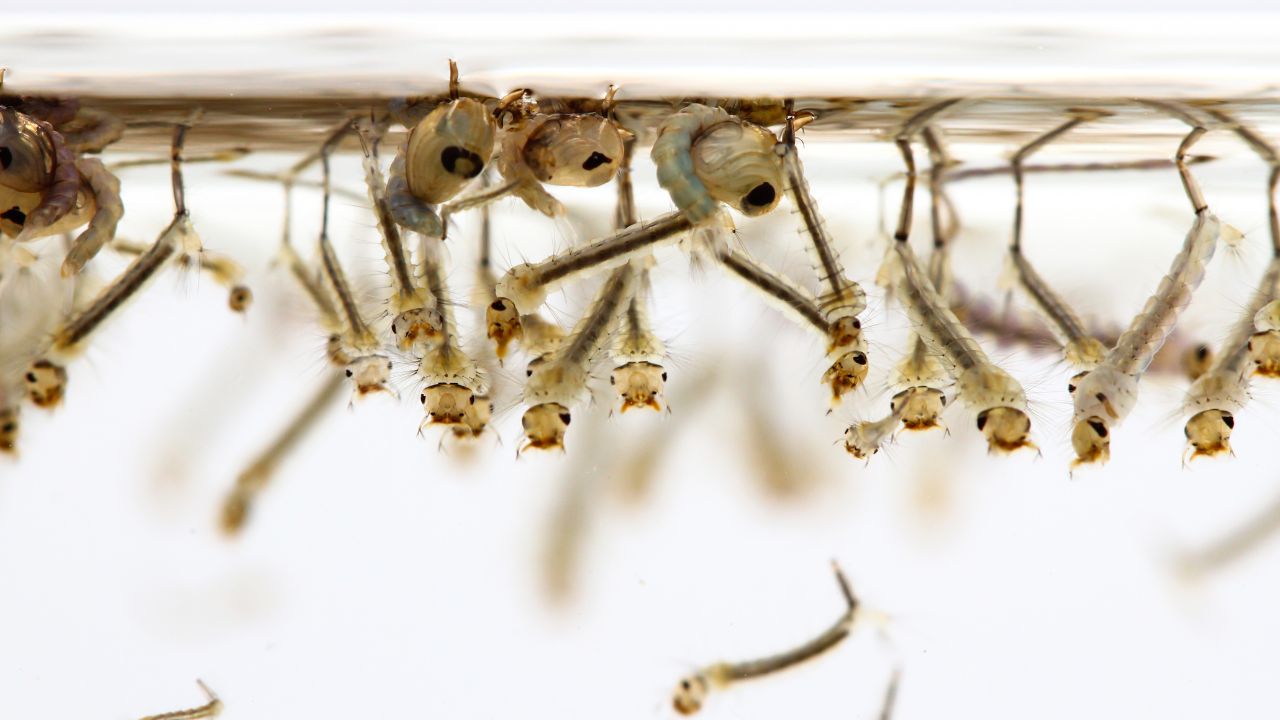
Mosquito larvae are aquatic, they generally hang right under the water surface, breathing through the tubes on their abdomen. When disturbed, they wiggle themselves downwards.
These “wigglers” are ¼-inched worm-like larvae with large, round heads, delicate bodies, and 10-segmented abdomens.
4. How to get rid of mosquitoes?
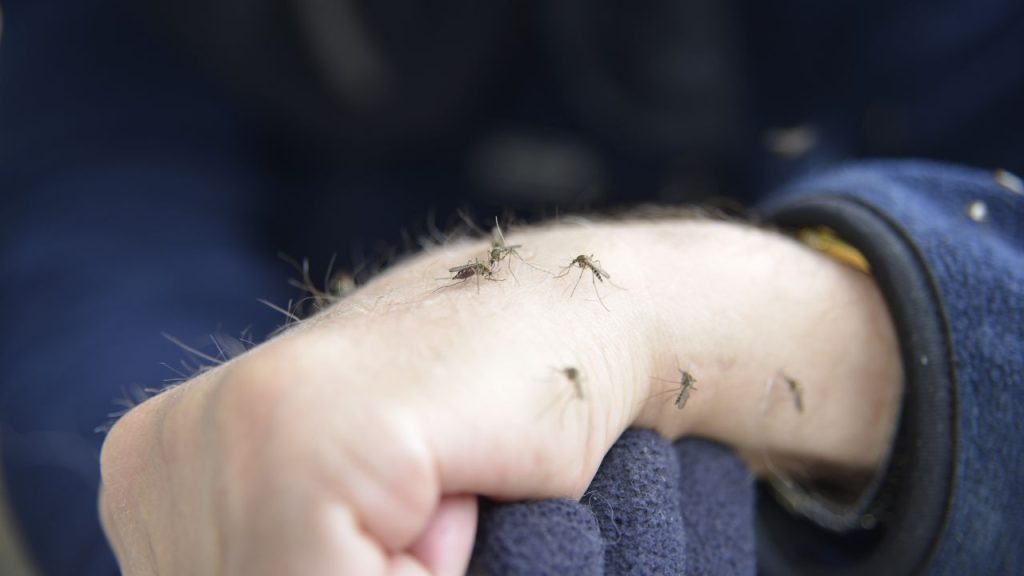
It is widely known that adult mosquitoes can infect the ones whose blood they suck with deadly viruses—such as dengue fever, zika, yellow fever, and West Nile—and parasites that lead to fatal diseases like malaria and elephantiasis.
Not to mention tularemia bacterium and heartworms (that threaten dogs’ life).
We may not be able to kill all the mosquitoes in the world, but we can always control their populations by removing their breeding places such as stagnant water in abandoned buckets, sewers, old tires, and pots of plants, as well as reducing bushes in your garden where adult mosquitoes nest.
To repel the deadly insects, use mosquito repellent that contains DEET—or also known with diethyltoluamide, is a common active substance in most insect repellents.
5. How to kill mosquito larvae?
We know that female mosquito breed and lay their eggs in still water, and it is best for us to clean and drain all the containers with still water inside at home.
However, if you find mosquito larvae in your swimming pool or fish pond, it is best that you get rid of them with the following substances:
- Cinnamon
If you think you will have to use cinnamon powder, then you are wrong. To do this job, you need cinnamon oil, instead.
The ratio you have to use is 15% part of the cinnamon oil in every 85% still water to kill all the mosquito larvae soon.
This oil can also be added to your body lotion to make a homemade mosquito repellent (with ratio one drop of the oil for 20 drops of lotion).
- Bacteria (mosquito dunks)
This one may not be a homemade substance but can work effectively to exterminate mosquito larvae. This is a type of bacteria—Bacillus thuringiensis israelensis—that can poison mosquito larvae to death, but safe for use around kids, pets, and the other animals.
Simply add the ring-shaped dunk to the water you need to treat. Each dunk can be used for a month and is enough to treat a hundred square feet water surface.
- Any natural oils
As mentioned previously, cinnamon oil is good to treat a water surface invaded with mosquito larvae, but it turns out that any other natural oils are also good.
Just add a teaspoon of vegetable or olive oil for a gallon of water to treat your pond or pool, and then the deadly larvae will be killed without you having to worry about the fish inside.
- Soap
If you cannot find a type of insecticidal soap in stores, you may use any kinds of soap. Just pour 1ml liquid soap or shampoo into a gallon of water to kill the hazardous larvae in one day.
- Mosquito bits
This substance is more or less similar to mosquito dunks—containing the same type of bacteria. It is also safe for use around any wildlife. The difference is, while you use dunks for ponds or pools, you use bits for puddles.
All you have to do is only sprinkle a teaspoon of bits to 25-square-feet stagnant water.
- Apple Cider Vinegar
Since vinegar is non-toxic, the substance is very safe to kill mosquito larvae. However, please note that a lower ratio than 15% of vinegar part for 85% water part will not work.
Also, note that it can only kill the larvae after about 18 hours. So, stick to the right ratio and watch the larvae gone.
- Bleach
If you do not have any choices but bleach, the substance is good enough to get rid of the larvae. This method is usually used for gutters.
A tablespoon of bleach is good to kill the wormlike creatures in approximately one gallon of still water.
So, when the summer or dry season begins, arm yourself with “the weapons” we have suggested you above. Happy hunting!
